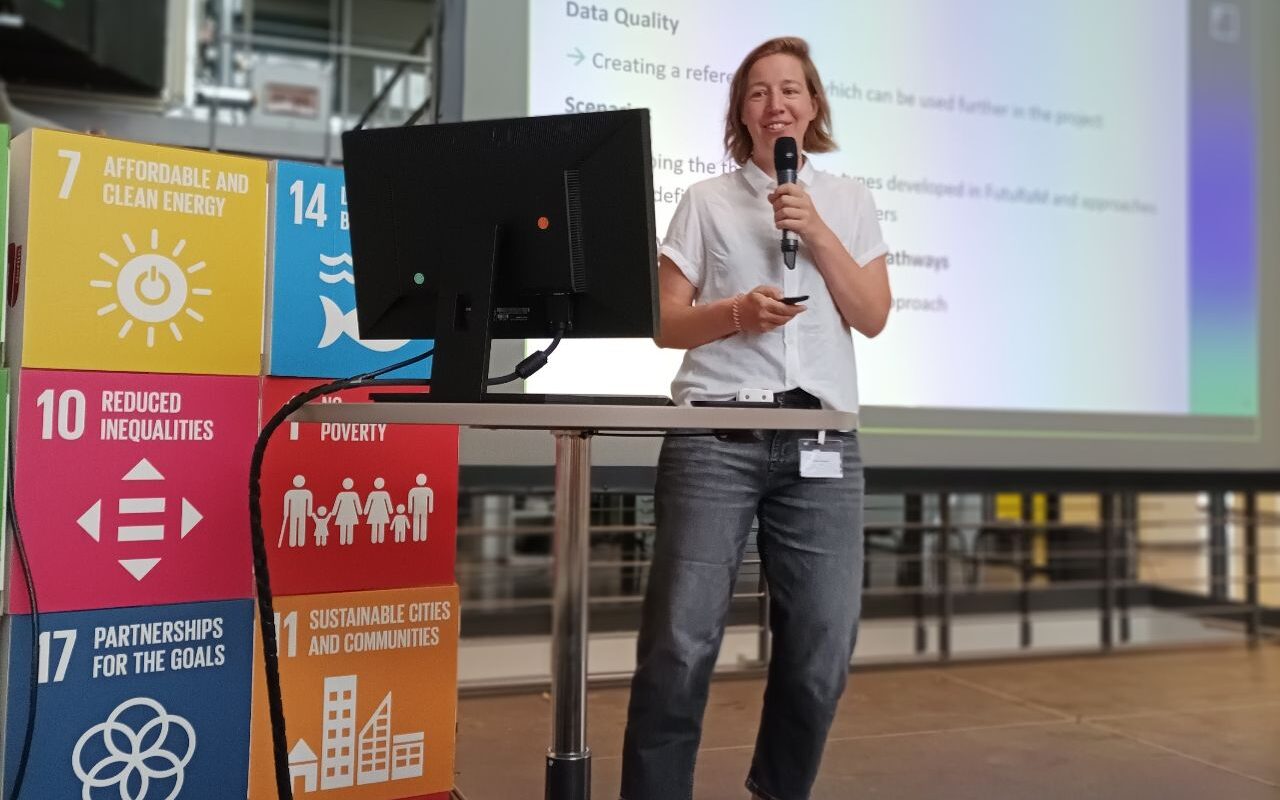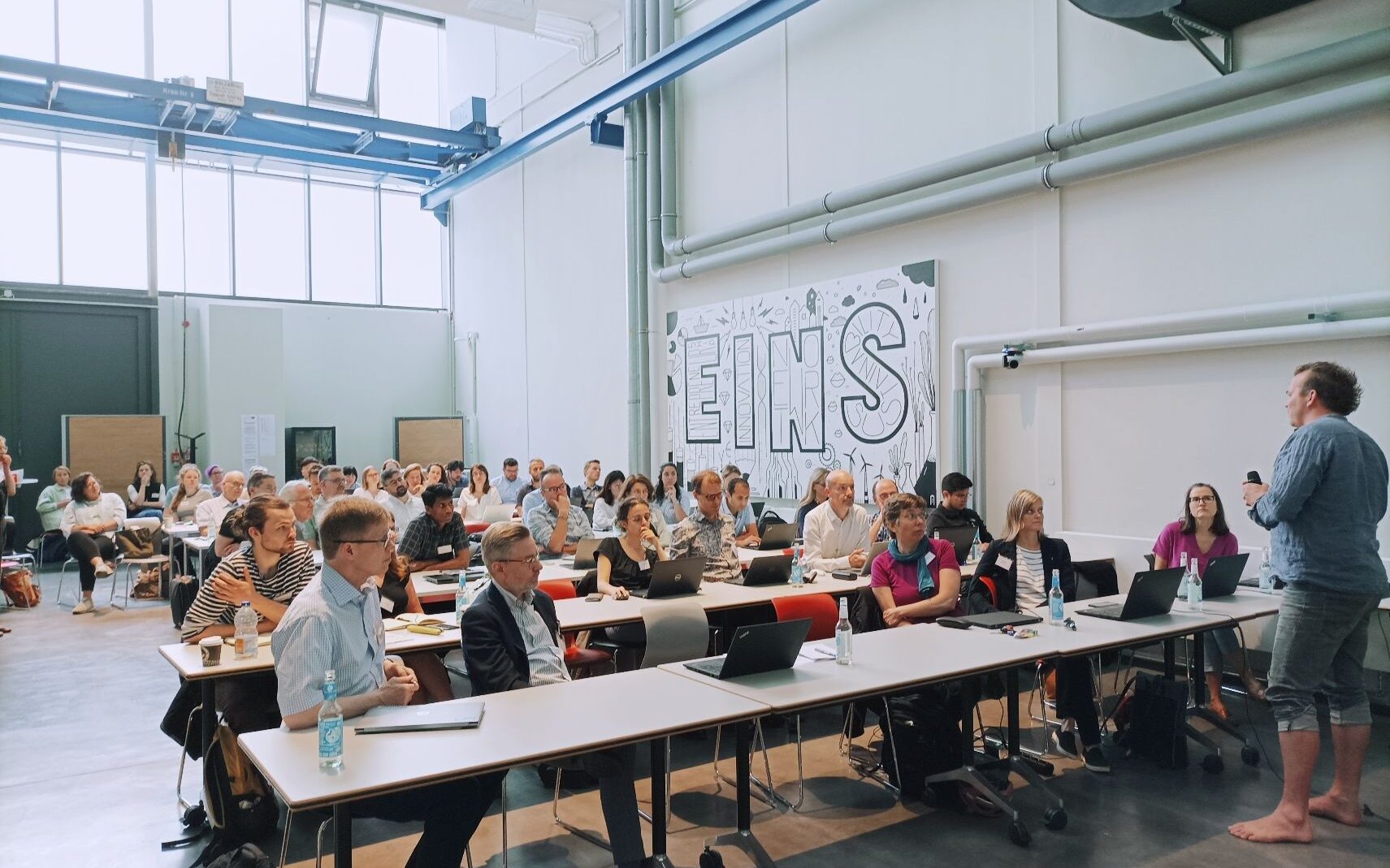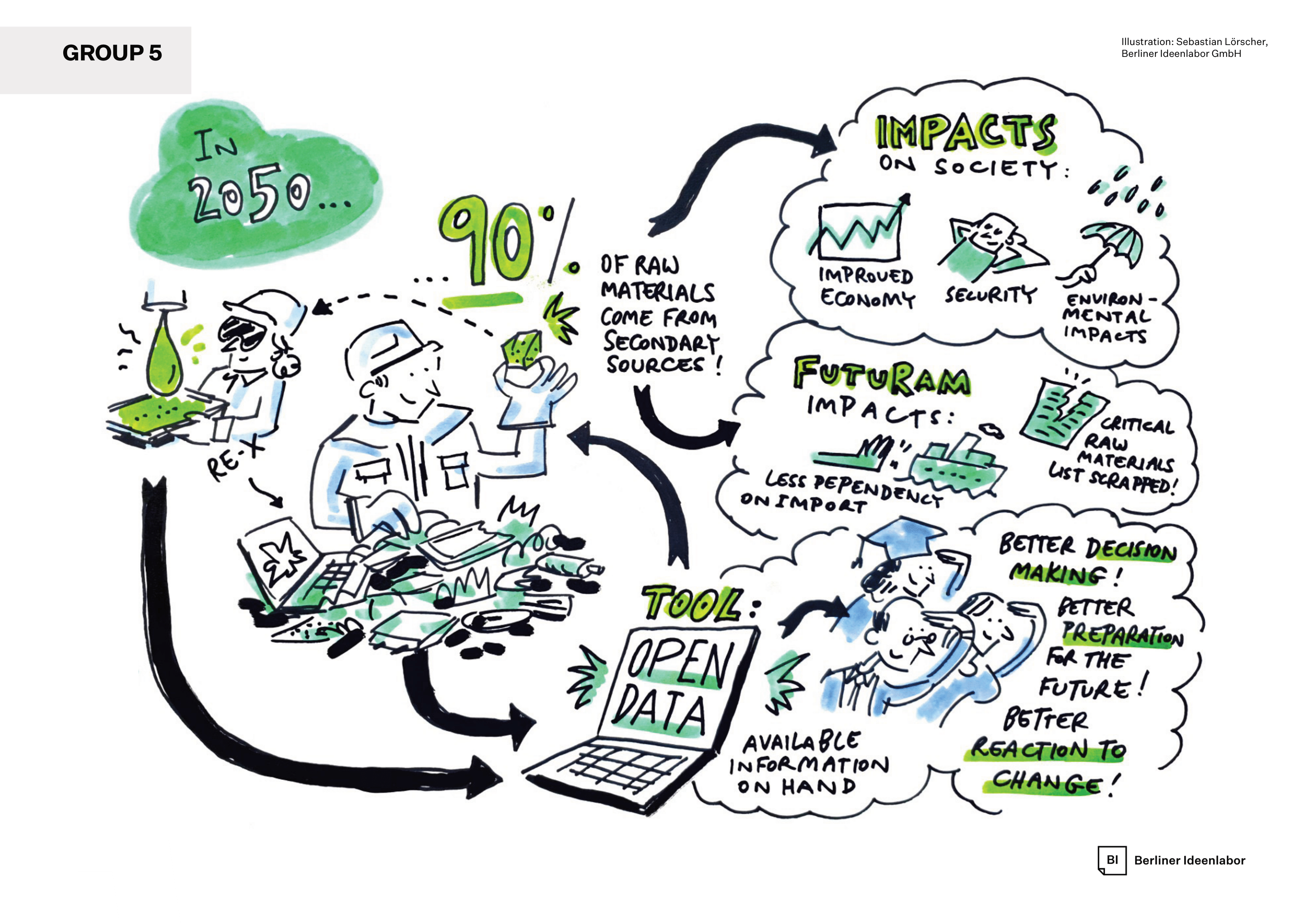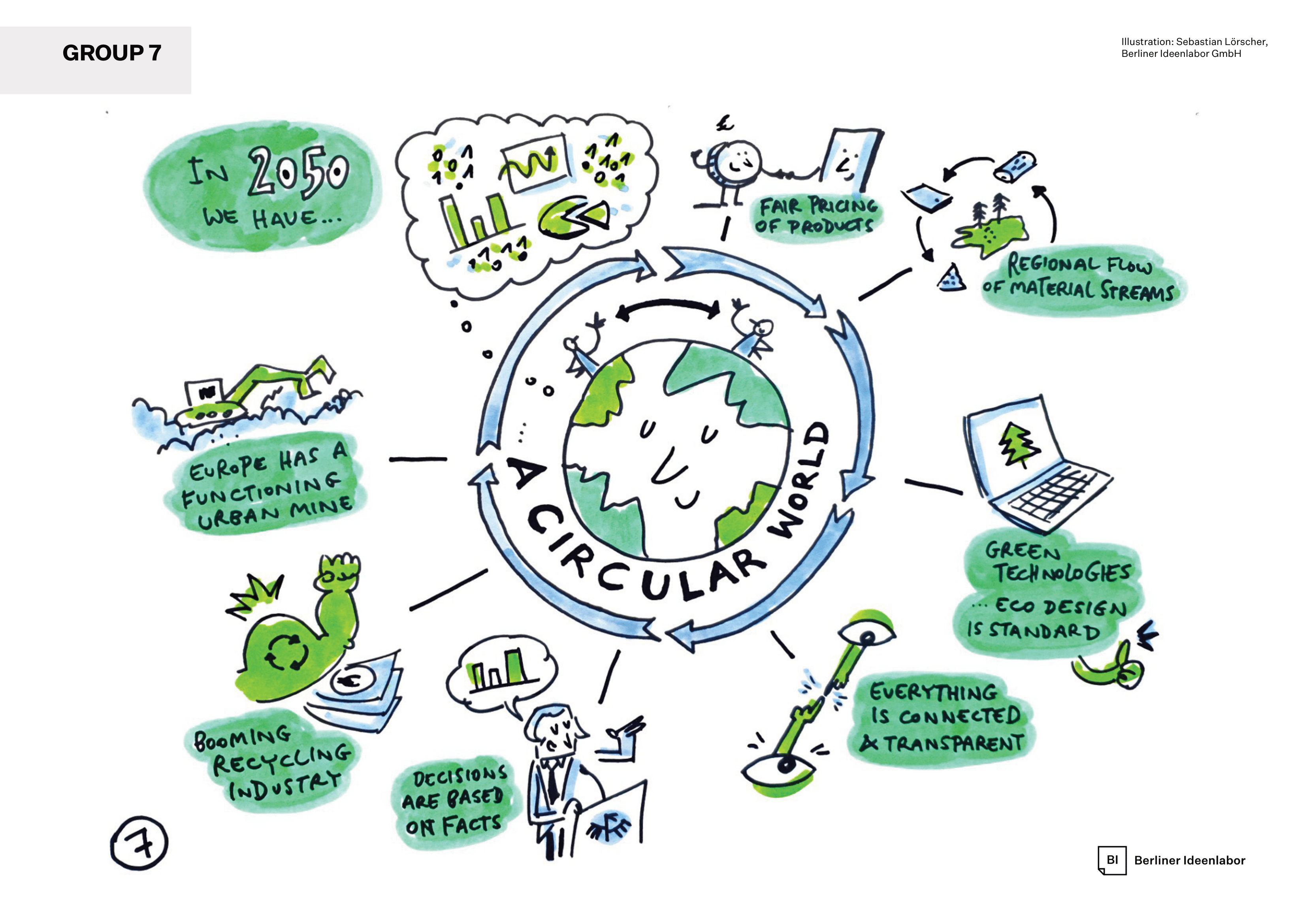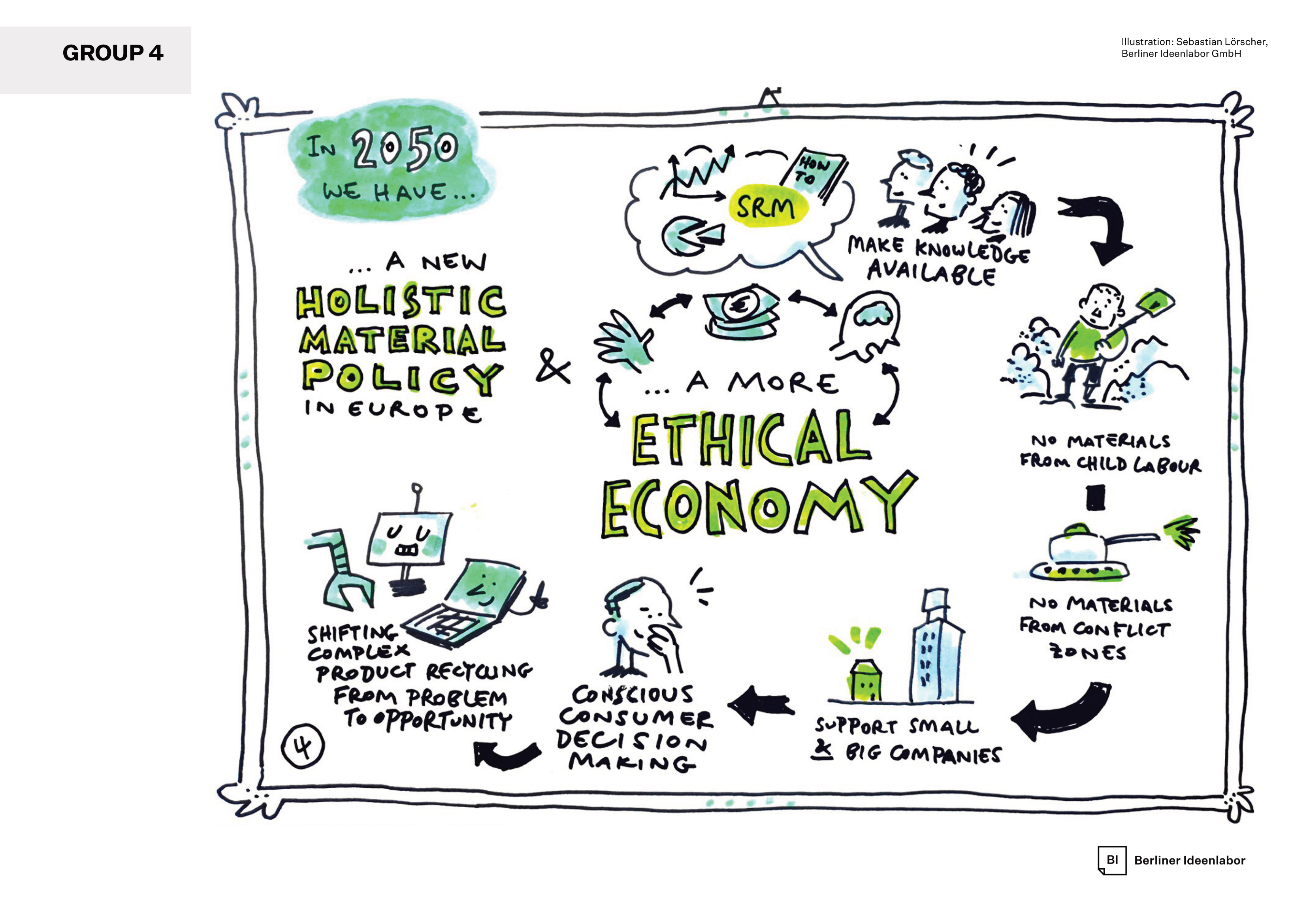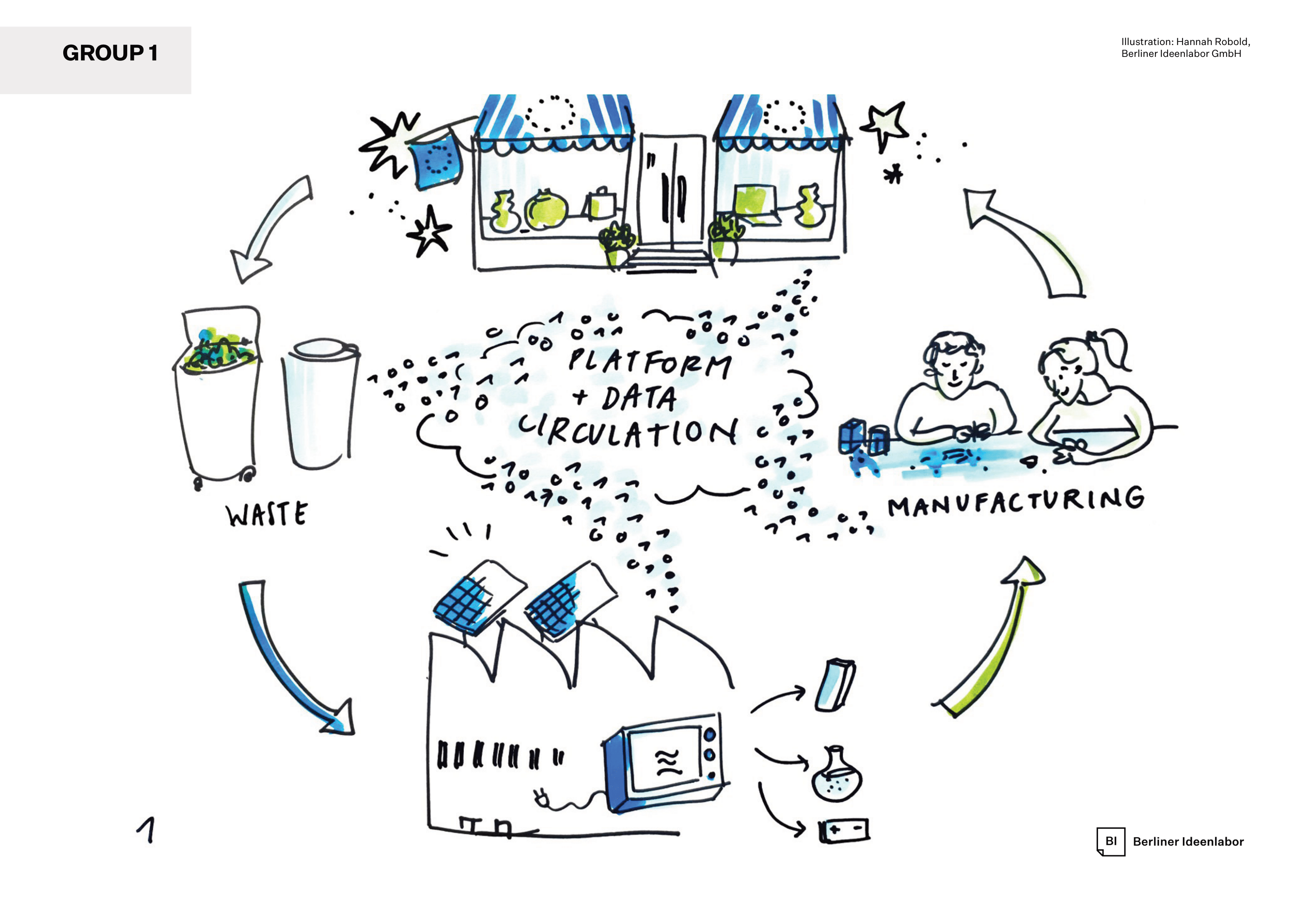![20230615_122726[1]](https://futuram.eu/wp-content/uploads/2023/06/20230615_1227261-scaled.jpg)
TU Berlin welcomed contributing partners to EINS – An Open Space for Sustainable Innovation on 14th and 15th June for an opportunity to discuss the progression of the research at the project’s third consortium meeting.
Initial discussions centred on the summary of the conceptual and methodological framework for FutuRaM, which was presented by Kirsten Remmen of Empa. This is a particularly important milestone in the project and is a culmination of 12 months’ work led by Empa. It provides the basis for all future research in the project, giving direction on, for example, terminology, data collection and quality, scenarios, and the waste treatment model.
Key building blocks of this waste treatment model are the transfer coefficients, which are to be used to represent recovery pathways (distribution of flows) and recovery efficiencies (rates) in waste treatment. The goal of this aspect of the research is to quantify the present and future availability of secondary and critical raw materials arising from the six FutuRaM waste streams (batteries, construction & demolition, electronic & electrical equipment, mining, slags and ashes, and vehicles) under three future scenarios. Work on this is being led by Leiden University and Stewart McDowall presented the work so far.
As FutuRaM is now 12 months old, the consortium took the chance to go back to basics and remind itself what the outcomes will be and how they will contribute to change within and outside the sphere of critical raw materials and circular economy.
With the assistance of Berliner Ideenlabor, attendees were asked a simple yet important question: What impact will FutuRaM have gad by 2050? During this session, partners went on a journey from 2023 to 2050 and produced seven wonderfully illustrated visions of the ideal impact of FutuRaM. The consortium would admit it is naturally and professionally pragmatic, but on this journey, it allowed itself to travel to positive places and the visions produced reflect a world in which the right decisions have been made and FutuRaM has had the impact aspired for. Some of the visions are shown here.
Members of the FutuRaM Advisory Board were present for the remainder of the meeting, which commenced with our scientific coordinator Kees Baldé (United Nations Institute for Training and Research (UNITAR)) providing an excellent overview of progress and important next steps.
The impact of FutuRaM is a prominent theme in the project and exploitation of the end results of the project were discussed under the guidance of moderators provided by the Horizon Results Booster service. Central to this discussion, as always, was the ability of the project to balance open science and open data with generating sustainable income to allow work to be continually updated.
The Critical Raw Materials Act presents FutuRaM with a vital opportunity to have a wide impact. The Act is in its development phase but attendees were guided in a discussion of its implications for FutuRaM by two members of the Advisory Board, Gijsbert Wierink (Plutonic Raw Materials Advisory, novali) and Slavko Solar (UNECE), who presented the general opportunities it presents, including those around educational schemes and recycling technology, and those specific to the work the project is doing on the United Nations Framework Classification (UNFC) for Resources applied to secondary raw materials.
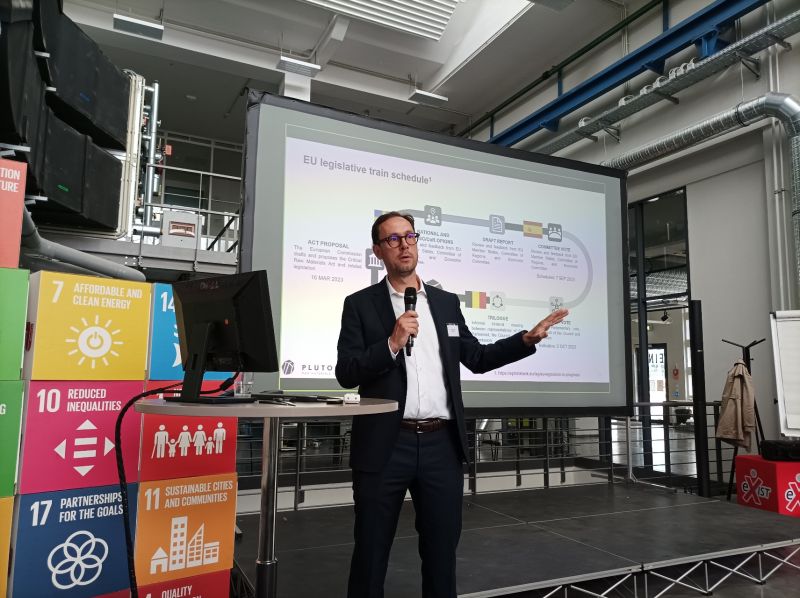
For 19 enthusiastic colleagues the intensive two-day long Consortium meeting was completed with a site visit to ALBA aluminium recyclers, just outside of Berlin. Henning Polster from ALBA guided the group through its aluminium shredder and sorting plant which contains a recently opened laser-based sorting unit, enabling the recovery of high-quality aluminium alloys.

Participants were introduced to input heterogeneity, output quality, and discussed the potential for increasing critical raw material recovery in the EU. An important link between ALBA and FutuRaM is the work of Marina von Vietinghoff of TU Berlin on her master thesis. This applies the UNFC for Resources methodology to the plant, so researchers were able appreciate a practical example that helped to bring to life the more theoretical work of the project.
